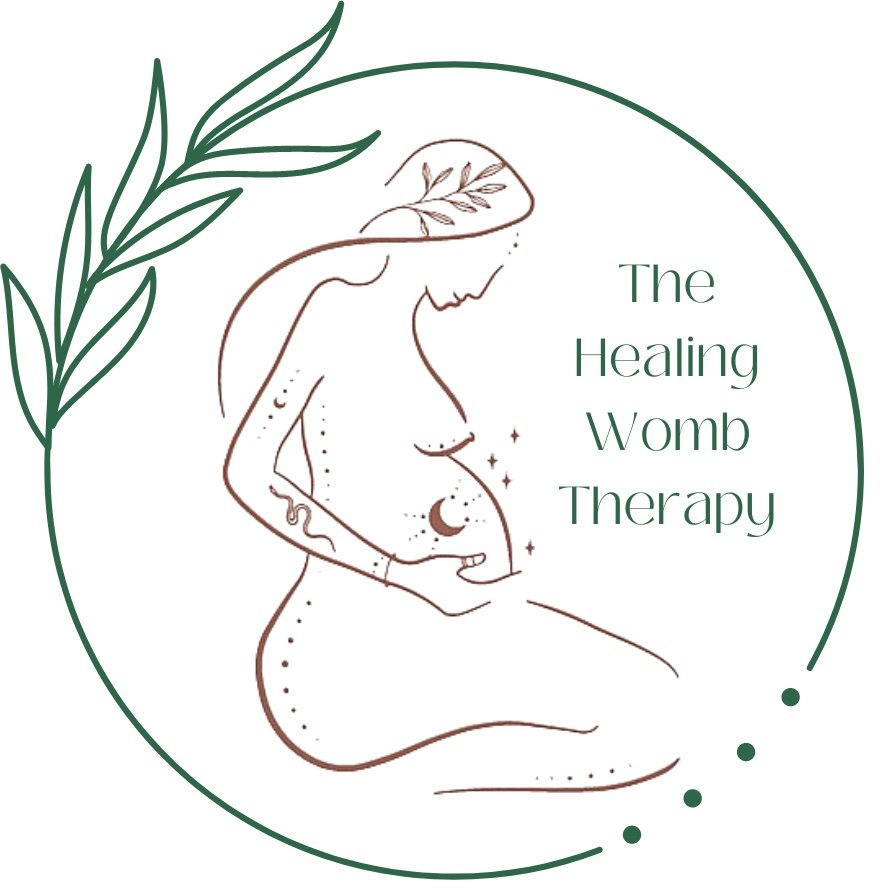Frequently Asked Questions
What is EMDR?
EMDR stands for Eye Movement Desensitization and Reprocessing. It’s been around since the ‘80s and has been extensively researched and proven to be significantly more effective in reducing symptoms of PTSD and trauma than regular psychotherapy. The process includes using side-to-side eye movement (similar to that experienced in REM sleep) while you think of a difficult memory.
Take for example, a traumatic birth or loss experience. The entire event or parts of it may feel very scary, disturbing, or overwhelming long after the event has passed. This is due to your your nervous system getting “stuck” on the event, and continuing to perceive a threat that is no longer there. This causes hypervigilance and overactivity in the brain (see photo above). When we combine this difficult memory with the bilateral stimulation (eye movement) of EMDR, your brain immediately gets to work processing the memory and attempting to remove the blocks that are keeping your nervous system stuck in overactive panic mode.
How Does EMDR Work?
EMDR therapy shows that the mind is capable of healing from emotional trauma in the same way that the body recovers from physical trauma.
When you cut your hand, your body works to close and heal the wound. But, if a something blocks the wound from healing (like a piece of dirt or repeatedly inuring the same area), then it will become infected and painful. Once the block is removed, healing resumes. This is similar to how the brain processes events.
The brain’s information processing system naturally works towards healthy mental functioning. If the system is blocked by a traumatic or disturbing event, however, the emotional wound becomes infected and can cause intense suffering. Once the block is removed, healing resumes.
EMDR is the tool we use to remove those emotional blocks.
How many sessions of EMDR do I need?
This varies by person and largely depends on your goals for treatment and complexity of trauma.
EMDR is not a one-session cure; however it has been proven to reduce trauma symptoms significantly faster and more effectively than traditional talk therapy. EMDR has 8 phases of treatment, and how quickly we move through them varies by person.
EMDR studies have shown the following:
A significant decrease in symptoms and elimination of PTSD diagnosis in 83-90% of civilian participants after 4 to 7 sessions (Lee, Gavriel, Drummond, Richards, & Greenwald, 2002; Rothbaum, 1997).
Elimination of PTSD diagnosis and decrease in symptoms in 77% of combat veterans with history of multiple traumas after 12 sessions (Carlson, Chemtob, Rusnak, Hedlund, & Muraoka, 1998).
What Will The First SEssion Look Like?
In our initial sessions, we will discuss your goals for treatment, develop your treatment plan, identify how EMDR will be used with your specific situation, and go over your coping and grounding skills. We will not be ready to begin the eye movement portion of EMDR treatment until typically the third session.
But Do I actually Have “trauma”?
Some people shy away from using the word trauma, because they don’t feel that what they have experienced truly counts as a “traumatic event.” Even if you don’t personally refer to it that way, the brain often stores things as trauma whether we like it or not.
Trauma can look different for everybody, but in general these are some of the common trauma symptoms I see in my clients:
Difficulty bonding to your baby
Sleep disturbances
Intrusive thoughts about something negative happening to your baby, future pregnancies, or fertility treatments
Not able to remember parts of a traumatic event
Avoiding baby, partner, or care provider
Feeling like ‘WHY can’t I just can’t get over this?’
Being triggered by others’ births or pregnancies
Struggling to enjoy parenting
Low mood, anxiety, hypervigilance
Nightmares
Finding anniversary dates difficult
Feeling disconnected to others
Intense guilt, shame, anger, or rage
Suicidal feelings, thoughts or plans
Hyperarousal
Intense worrying
Fear of an upcoming birth
Trouble with negative beliefs about yourself such as: I am a failure, My body doesn’t work right, I did something wrong, I am worthless, I am a bad mom/parent/person
If you are experiencing any of these symptoms, please do not hesitate to reach out to me to set up a free consultation.
While these symptoms are very common in women who have experienced what you have, it does not mean you have to continue living with them.
call or text: 951-595-7503
email: lisa@thehealingwombtherapy.com



